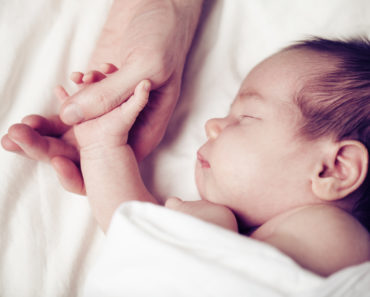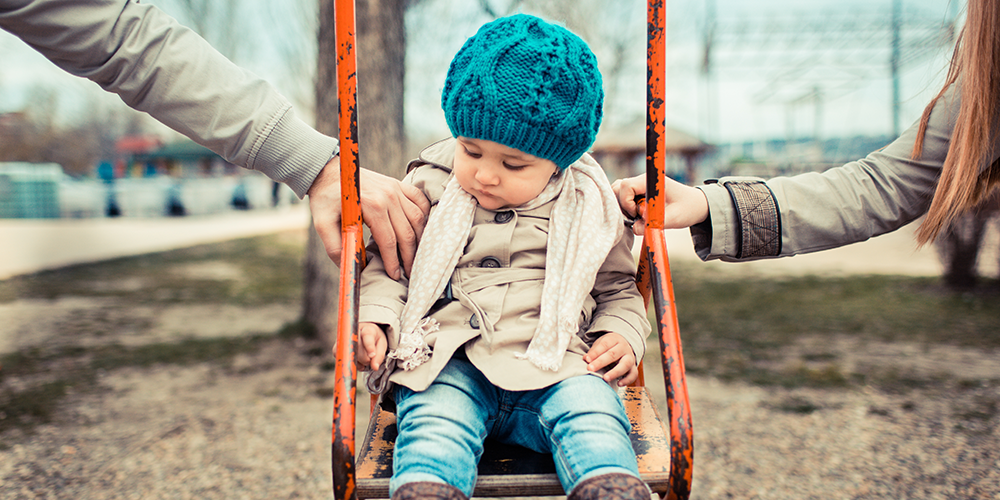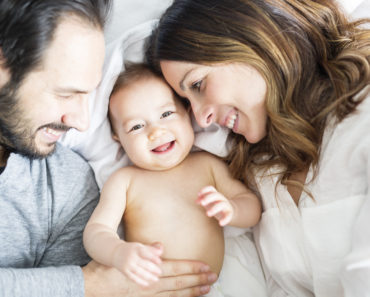When looking into adoption, one of the first questions you are likely to be asked is whether you’re interested in an open or closed adoption. Knowing the differences between the two is crucial in your adoption journey and making the best decision for your family.
Closed adoptions are not nearly as prominent as they once were and are exceptionally harder to find than they have in generations past. A closed adoption occurs when the adoptive and biological parents choose to have little, and in some cases, no contact whatsoever with one another after the adoption has been completed. This most often occurs in international adoptions and infant adoptions through private agencies. Occasionally, adoptions that were once open can be closed at the adoptive parent’s request. The adoptive parent generally has the right to close an adoption at any time. Closed adoption records are often sealed and are difficult to unseal even after the adoptive child becomes a legal adult.
Open adoptions are much more common than they used to be. In an open adoption, the birth family has contact with the adoptive parents and the adopted child. This option is becoming more popular for its appeal to the biological family. It keeps them tied to the child even if they are not the primary caregiver. In open adoptions, generally speaking, the adoptive parents have the final say in how much contact the biological family has with the child.
No matter what route you choose, adoption is a beautiful, inspiring, journey that is as unique as each child involved. Work closely with the adoption professionals of your choice to decide what option is best for you and your family. There are many options including closing an adoption initially and opening it later when the adoptive parents feel the adopted child is ready, or having an open adoption and then closing it if circumstances arise that put the adoptive child in distress or at risk. There is no single way to go through the adoption process. Work with adoption professionals and consult with other families who have gone through the adoption process themselves to figure out what adoption option is best for your situation.






